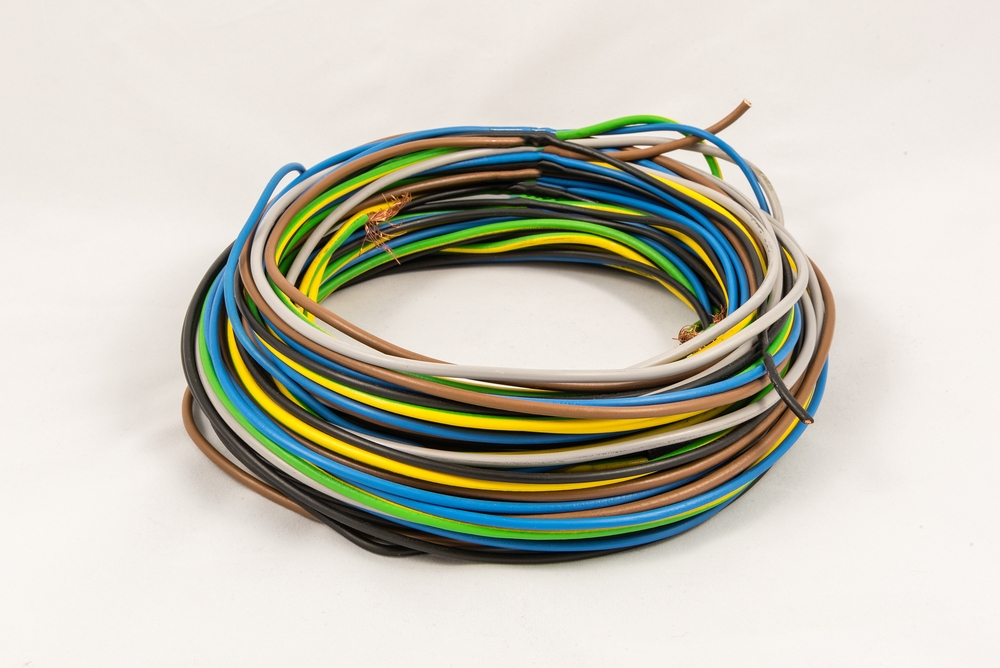30 April 2024

IMAGE: Shutterstock/Marco Rubino
The trend towards greater electrification has created opportunities for compounds that meet the tough requirements of wire and cable applications. Companies such as Borealis have launched new grades of flame-retardant cable insulation and jacketing materials to meet stringent safety requirements for high-and extra-high-voltage cables. Borealis is also focused on sustainability, launching low-carbon-footprint materials and premium polyolefins produced with renewable feedstock.
Additives producer Huber Advanced Materials has introduced a range of products, including flame-retardant additives tailored to meet the diverse needs of wire and cable applications. Orion is set to introduce sustainable specialty carbon black grades suitable for wire-and-cable applications, while Dow has developed solutions for longer fibre optics cable lifecycle protection, tailored for the rollout of 5G networks. Lubrizol Engineered Polymers has expanded its Estane TPU product family to cater to the electric vehicle charging system cables market.
Innovations extend to addressing regulatory requirements, such as halogen-free flame-retardant compounds and sustainable materials for renewable energy sources. Companies, including Baerlocher and Benvic, have introduced new PPAs and grades intended to cover applications from low to high voltage, addressing specific needs in the wire and cable industry. These innovations are essential in meeting the evolving demands for efficient, high-speed connectivity solutions, as well as addressing the global shift towards sustainable energy options and electrification.